It's easy to get lost following the intricate, looping, and twisting filaments of supernova remnant Simeis 147. Also cataloged as Sharpless 2-240, the filamentary nebula goes by the popular nickname the Spaghetti Nebula. Seen toward the boundary of the constellations of the Bull (Taurus) and the Charioteer (Auriga), the impressive gas structure covers nearly 3 degrees on the sky, equivalent to 6 full moons. That's about 150 light-years at the stellar debris cloud's estimated distance of 3,000 light-years. This composite image includes data taken through narrow-band filters isolating emission from hydrogen (red) and oxygen (blue) glowing gas. The supernova remnant has an estimated age of about 40,000 years, meaning light from this massive stellar explosion first reached the Earth when woolly mammoths roamed free. Besides the expanding remnant, this cosmic catastrophe left behind a pulsar, a spinning neutron star that is the remnant of the original star's core.
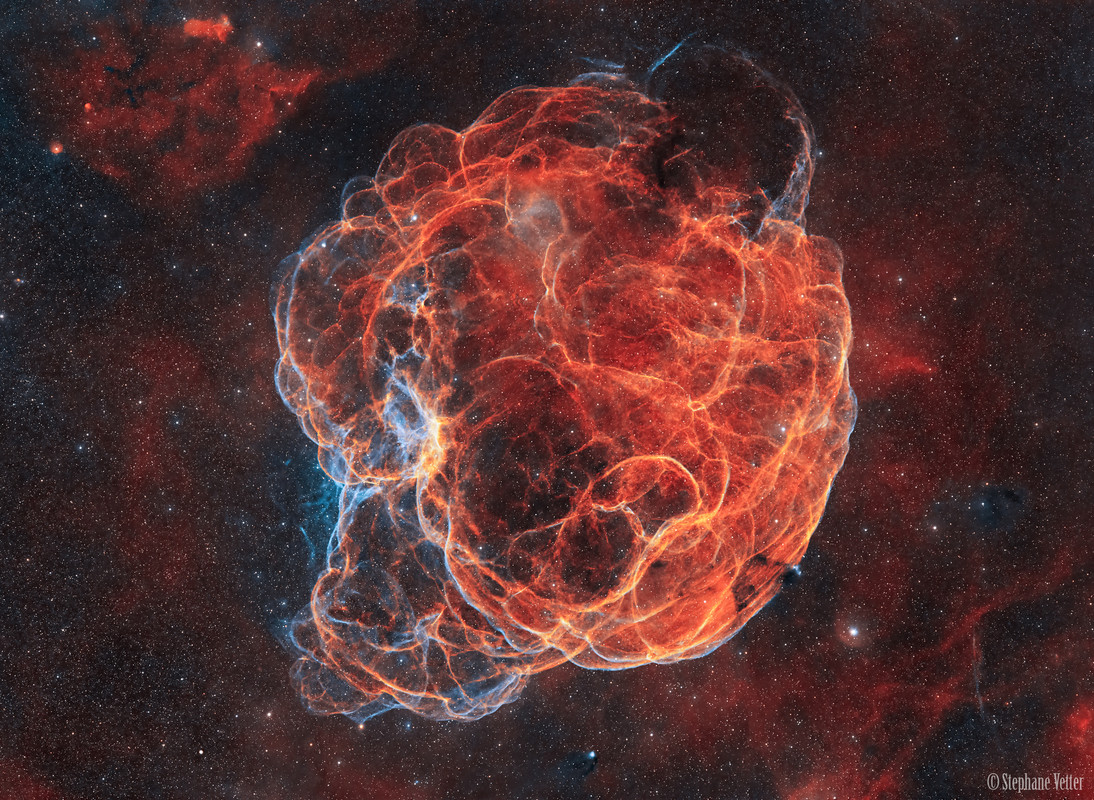
Is this a painting or a photograph? In this celestial abstract art composed with a cosmic brush, dusty nebula NGC 2170, also known as the Angel Nebula, shines just above the image center. Reflecting the light of nearby hot stars, NGC 2170 is joined by other bluish reflection nebulae, a red emission region, many dark absorption nebulae, and a backdrop of colorful stars. Like the common household items that abstract painters often choose for their subjects, the clouds of gas, dust, and hot stars featured here are also commonly found in a setting like this one -- a massive, star-forming molecular cloud in the constellation of the Unicorn (Monoceros). The giant molecular cloud, Mon R2, is impressively close, estimated to be only 2,400 light-years or so away. At that distance, this canvas would be over 60 light-years across.
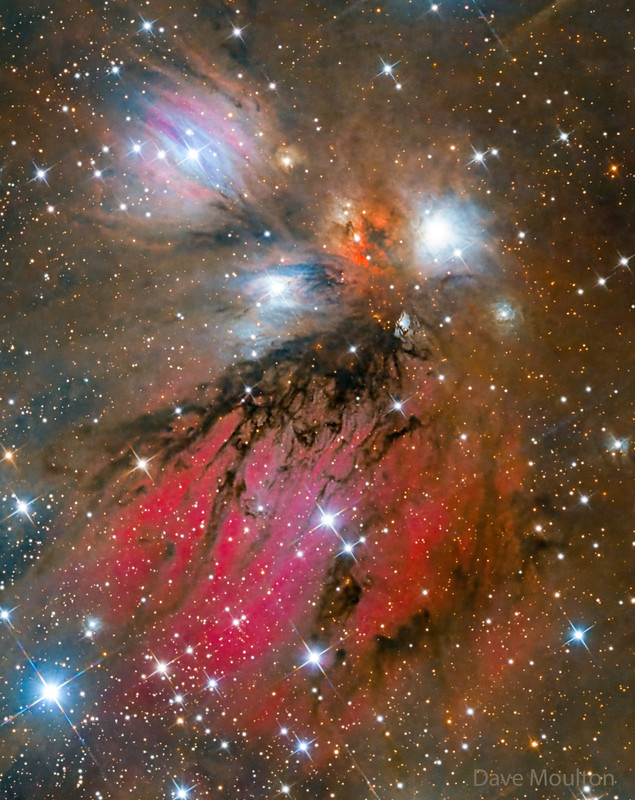
Astronomers are well-known for naming objects with odd conventions, and the cometary globule GN 16.43.7.01 seen in this Picture of the Week is no exception. Cometary globules have nothing to do with comets aside from appearance: they are named for their dusty head and elongated, dark tail, as seen in this image taken with the VLT Survey Telescope (VST) hosted at ESO’s Paranal Observatory in Chile.
This globule, dubbed the Dark Tower — astronomers compensate with obvious names — lies about 5000 light-years away from Earth in the southern constellation Scorpius (the Scorpion). It contains dense clumps of collapsing gas and dust out of which stars will be born.
The curious shape of this object is carved out from an intense bombardment of radiation from a cluster of young, bright stars located off-camera to the upper-left. This radiation has swept around and outlined the cometary globule with the characteristic pink glow of hot, excited matter.
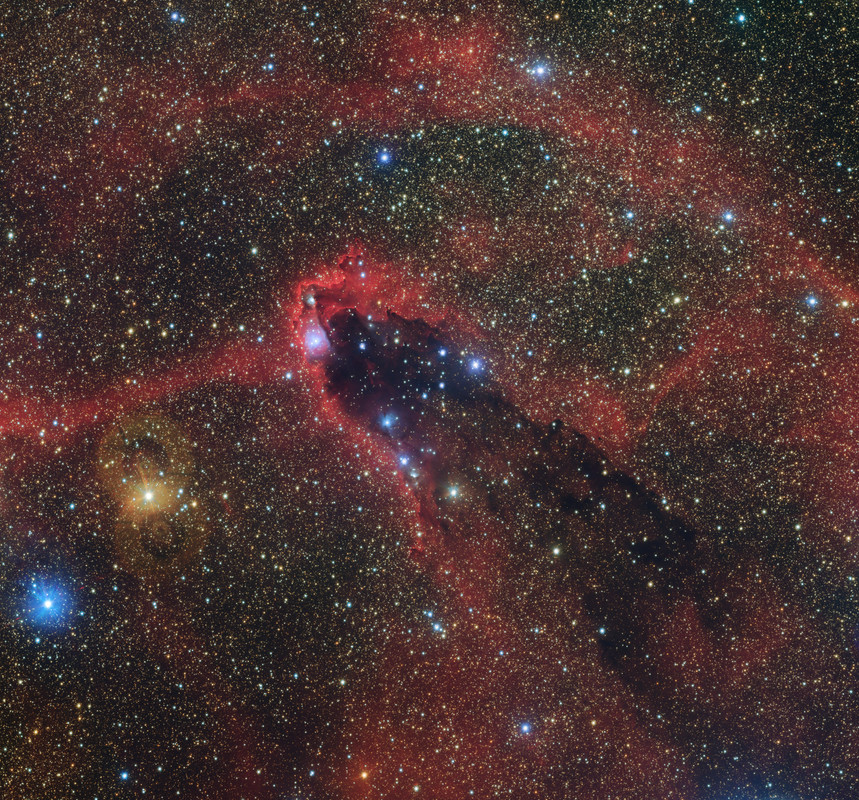
This image of NGC 5468, a galaxy located about 130 million light-years from Earth, combines data from the Hubble and James Webb space telescopes. This is the most distant galaxy in which Hubble has identified Cepheid variable stars. These are important milepost markers for measuring the expansion rate of the Universe. The distance calculated from Cepheids has been cross-correlated with a Type Ia supernova in the galaxy. Type Ia supernovae are so bright they are used to measure cosmic distances far beyond the range of the Cepheids, extending measurements of the Universe’s expansion rate deeper into space.
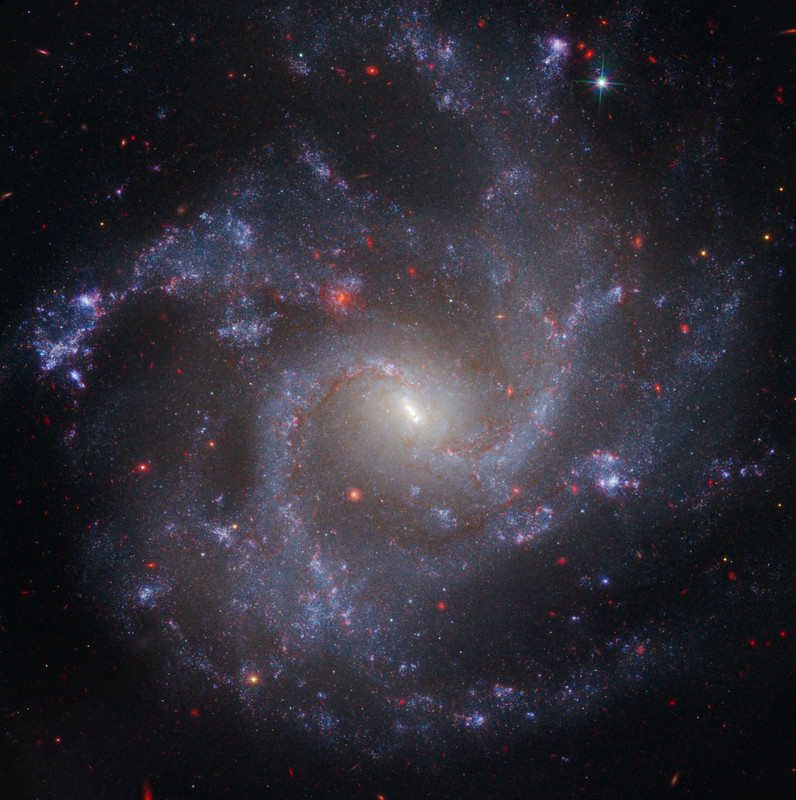
This image from the NASA/ESA/CSA James Webb Space Telescope’s NIRCam (Near-Infrared Camera) of star-forming region NGC 604 shows how stellar winds from bright, hot young stars carve out cavities in surrounding gas and dust.
The bright orange streaks in this image signify the presence of carbon-based molecules known as polycyclic aromatic hydrocarbons, or PAHs. As you travel further from the immediate cavities of dust where the star is forming, the deeper red signifies molecular hydrogen. This cooler gas is a prime environment for star formation. Ionized hydrogen from ultraviolet radiation appears as a white and blue ghostly glow.
NGC 604 is located in the Triangulum Galaxy (M33), 2.73 million light-years away from Earth. It provides an opportunity for astronomers to study a high concentration of very young, massive stars in a nearby region.
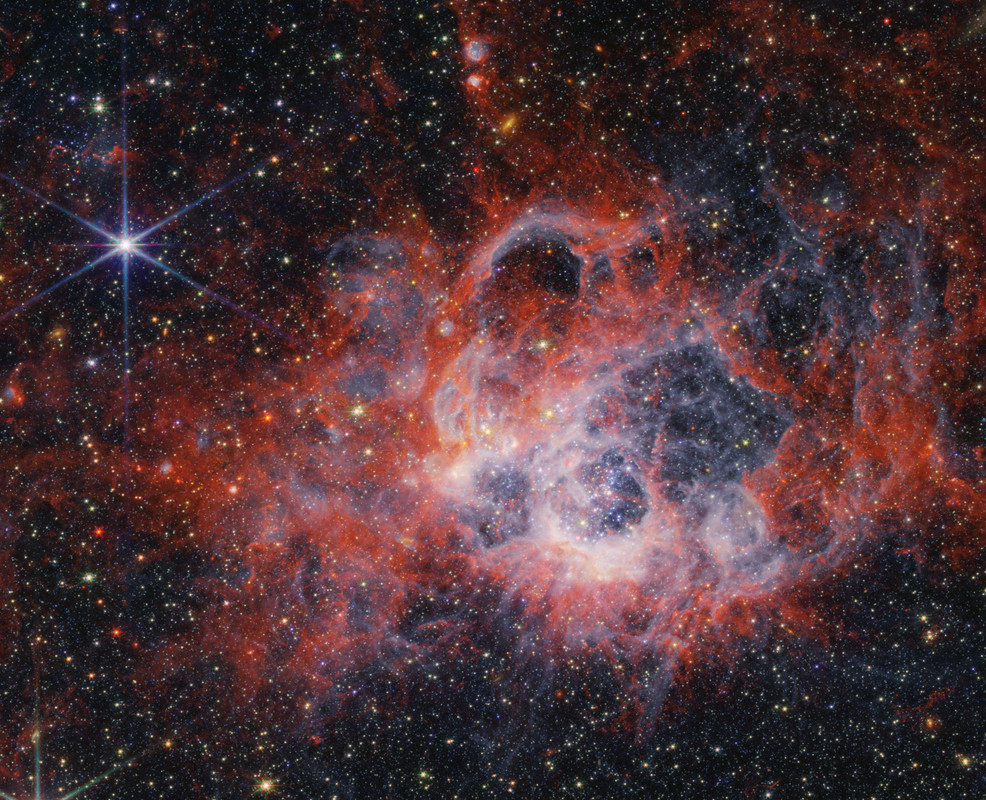
This image features the barred spiral galaxy galaxy NGC 1559 as seen by the NASA/ESA/CSA James Webb Space Telescope. The galaxy hosts a visible central region with a distinct open pattern in the loosely-wound spiral arms. NGC 1559 resides approximately 35 million light-years away in the little-observed southern constellation Reticulum (The Reticule).
The data featured in this portrait make use of two of Webb’s instruments: the Mid-InfraRed Instrument (MIRI) and Near-InfraRed Camera (NIRCam). Here MIRI captures the glow of interstellar dust grains, which trace out the interstellar medium, the fuel for future star formation. NIRCam shows the light from stars, even young stars hidden behind prodigious amounts of dust. NIRCam also captures emission from ionized nebulae around young stars.
The data were collected by the PHANGS team as part of an observing program in which Webb will observe 55 galaxies that have also been mapped by the Atacama Large Millimeter/submillimeter Array (ALMA) radio telescope, the NASA/ESA Hubble Space Telescope and more. By combining Webb’s unprecedented view of the dust and stars with data from these other facilities, the team aims to obtain a new, highly detailed view of how stars are born, live, and die in galaxies across the Universe. This is also a Treasury programme, which means that the data will have no exclusive access period and so the scientific community (and others, including the general public) can access the data immediately. This has the advantage that more research can be done with the data more quickly.
NGC 1559 has massive spiral arms that abound with star formation, and it is receding from us at a speed of about 1300 kilometers per second. Although NGC 1559 appears to sit near one of our nearest neighbors in the sky — the Large Magellanic Cloud (LMC) - this is just a trick of perspective. In reality, NGC 1559 is physically nowhere near the LMC in space; in fact it truly is a loner, lacking the company of any nearby galaxies or membership of any galaxy cluster.

 ) eclipse double-shot:
) eclipse double-shot:
 www.forbes.com
www.forbes.com

 www.forbes.com
www.forbes.com
 )
)
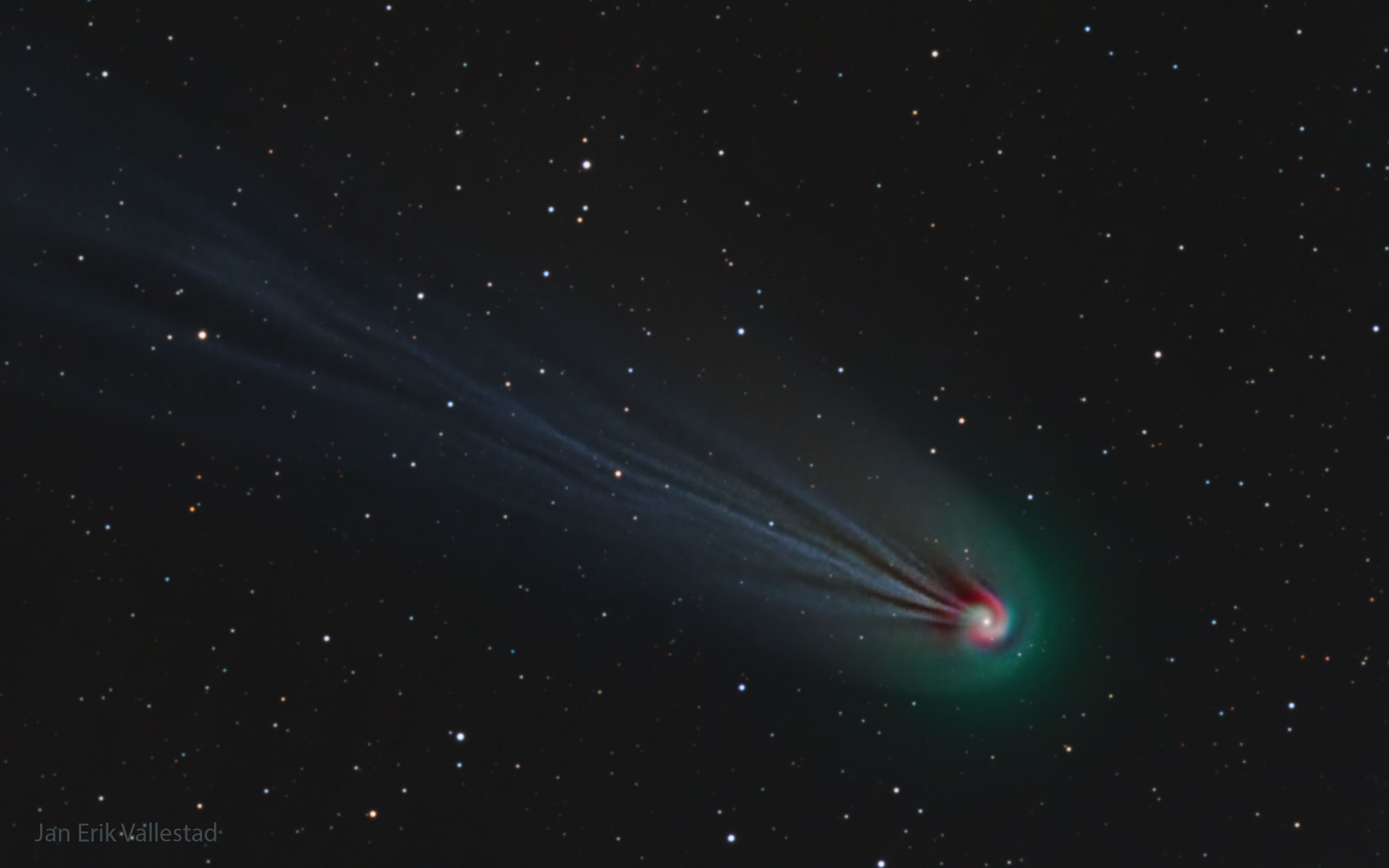

 :
: )
)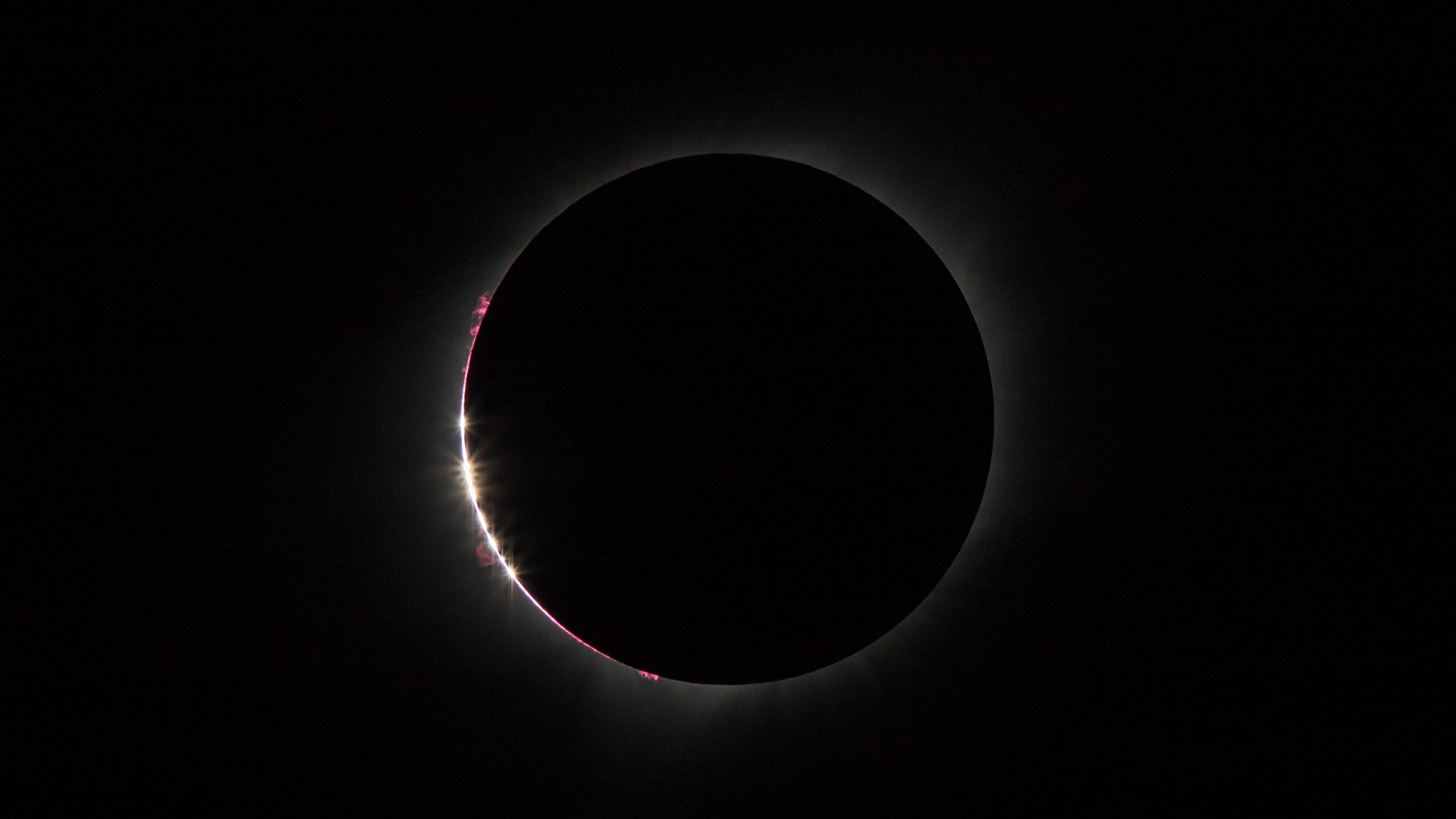







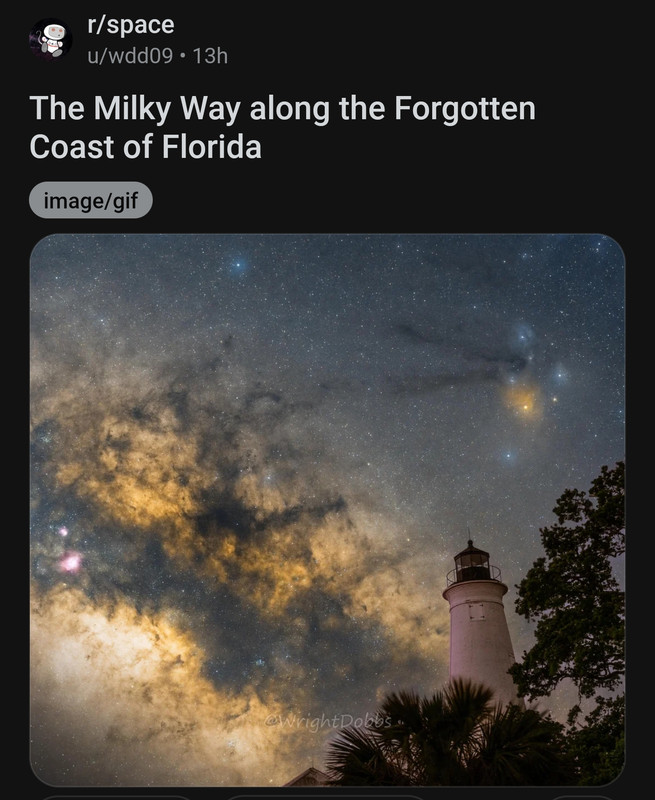
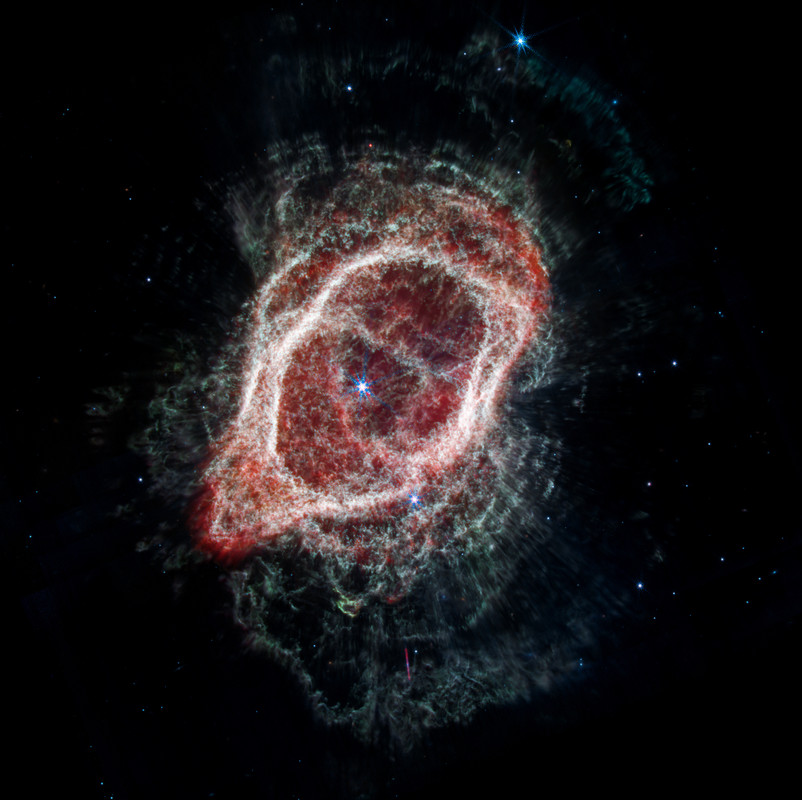
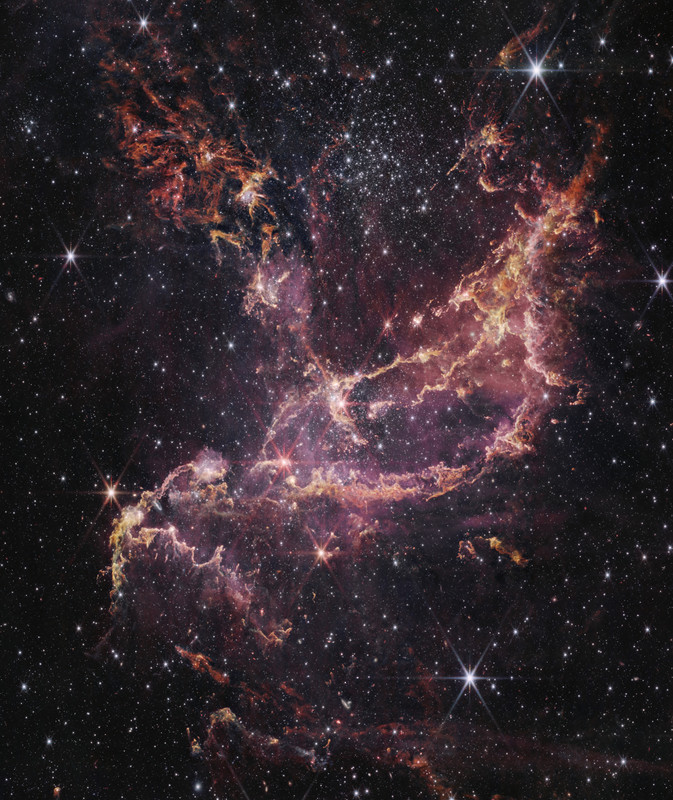
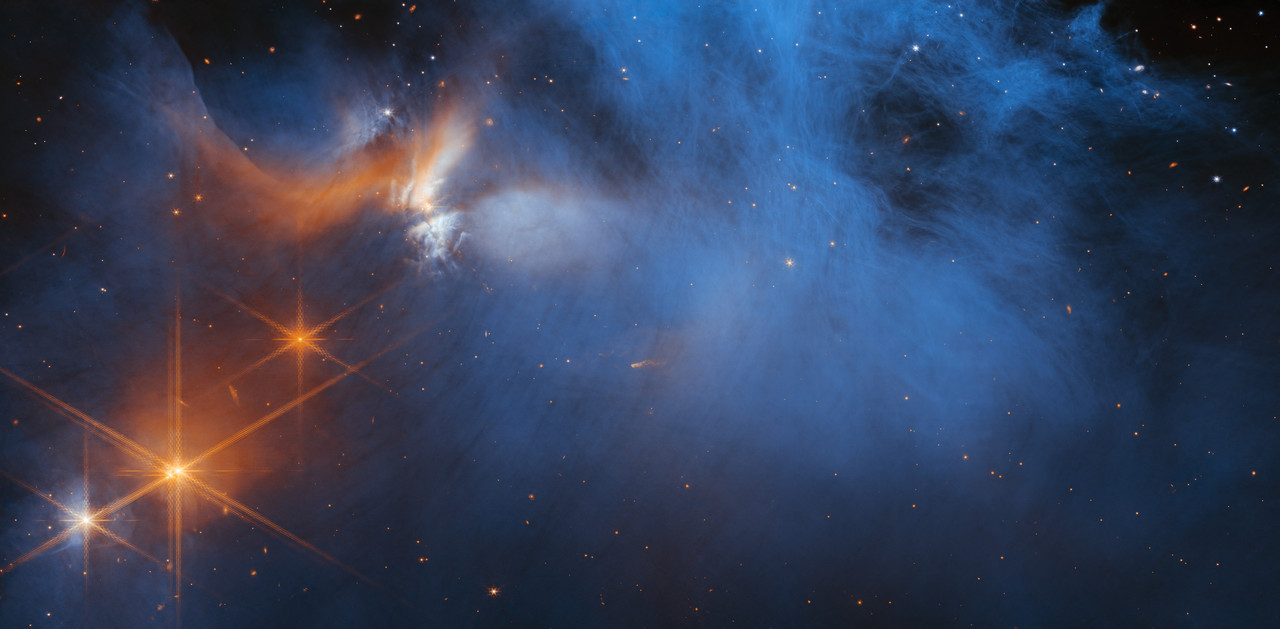

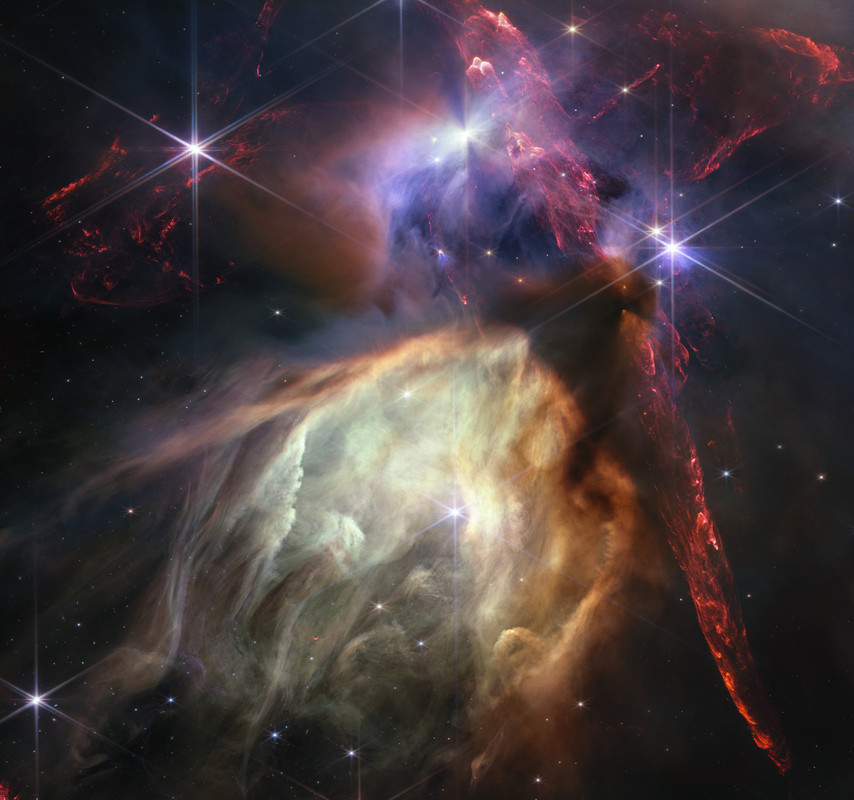



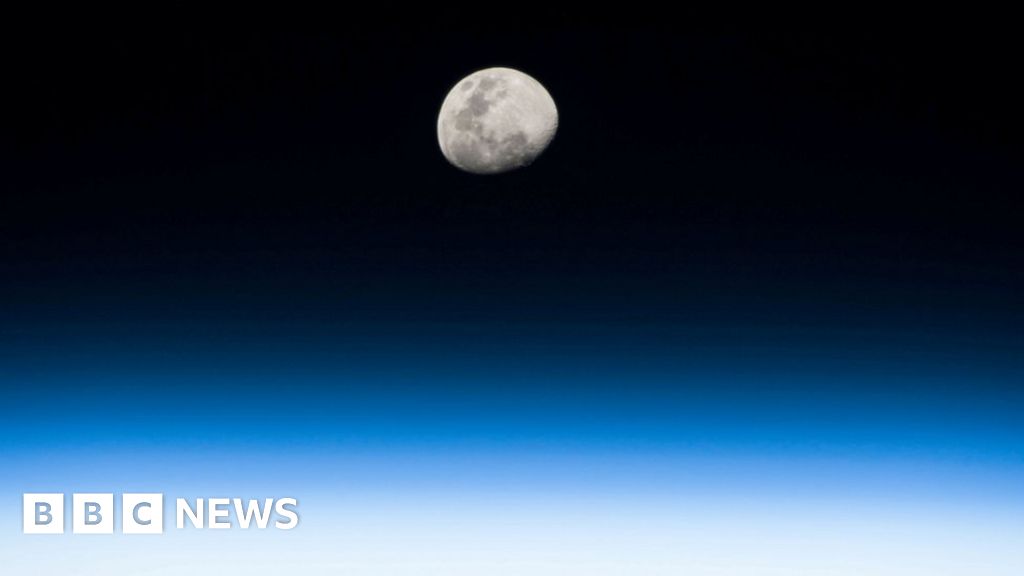


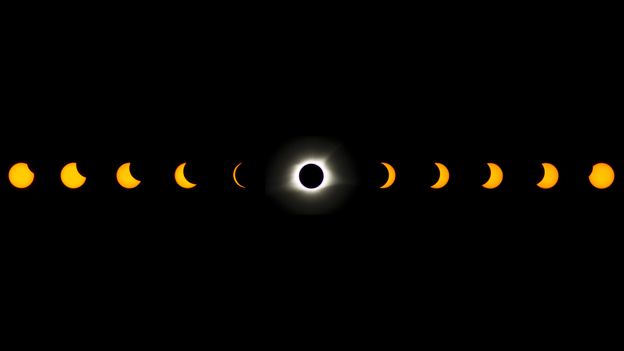
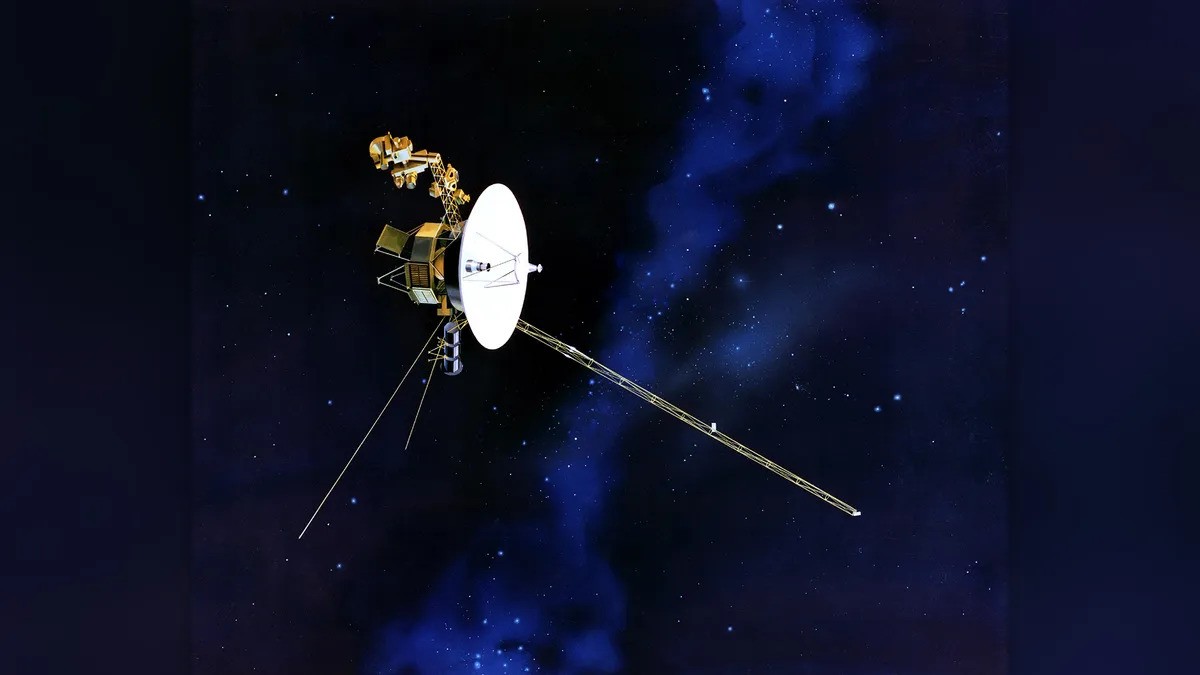
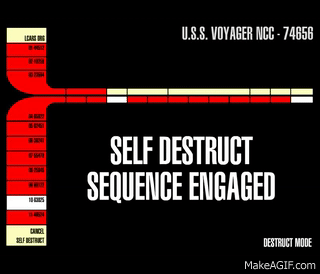

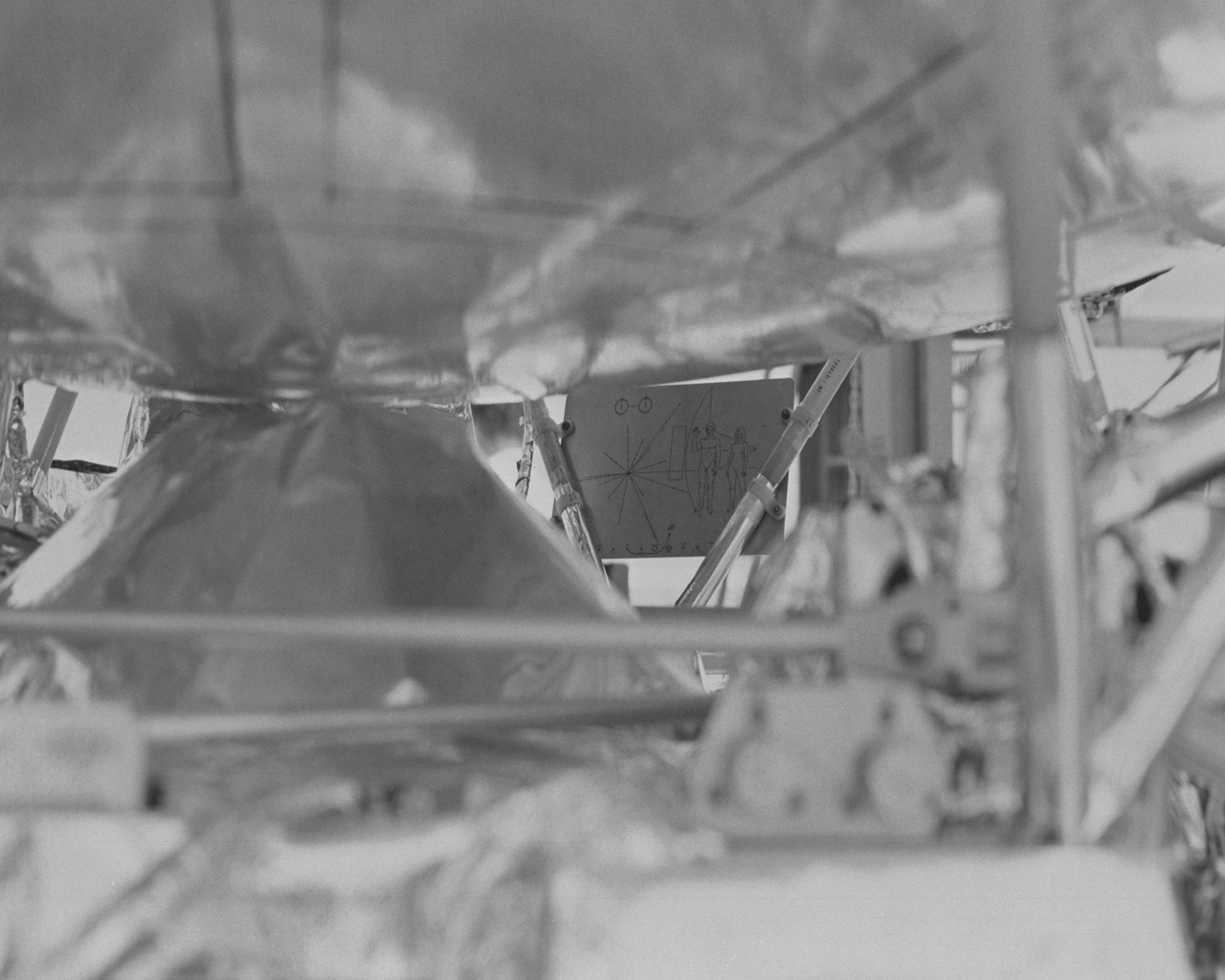
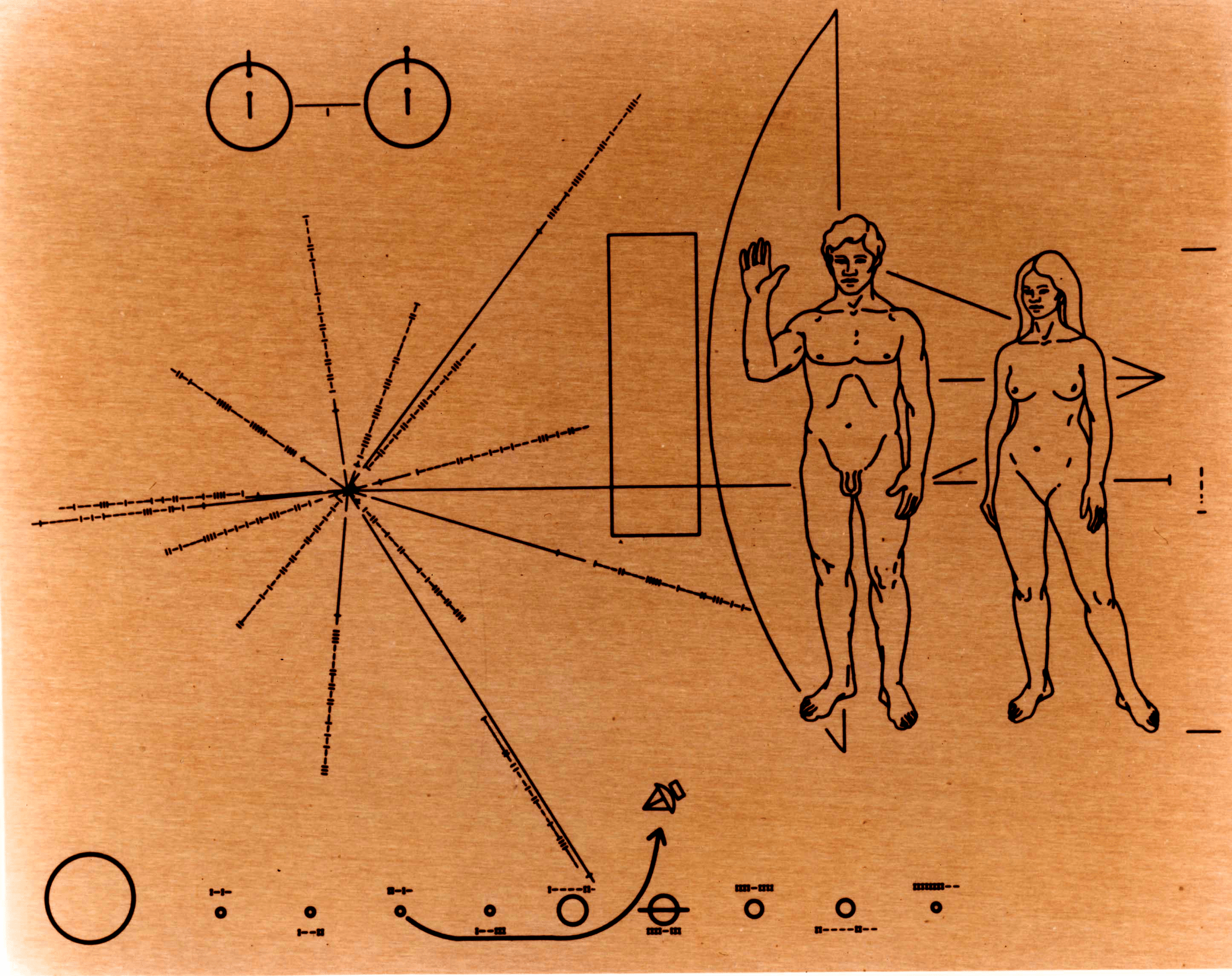
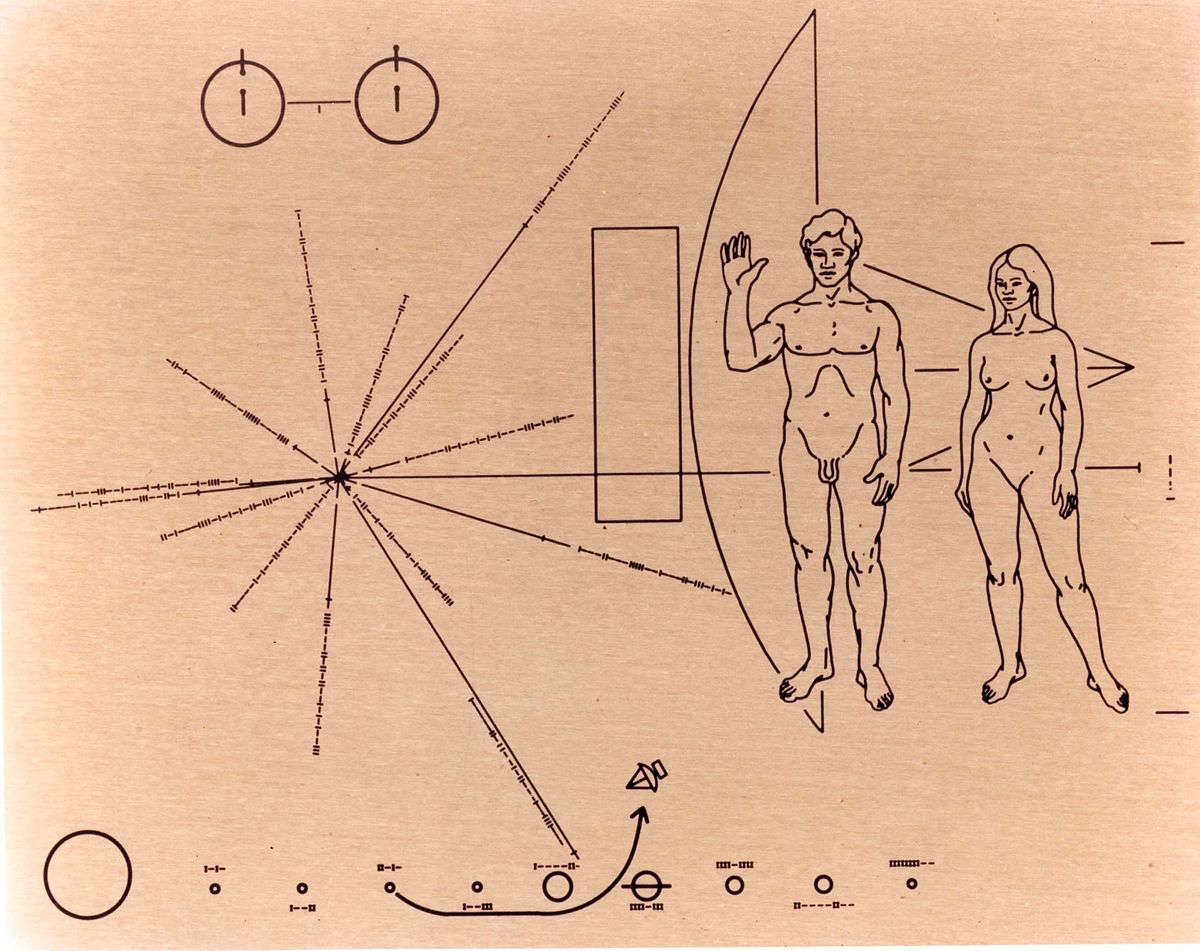







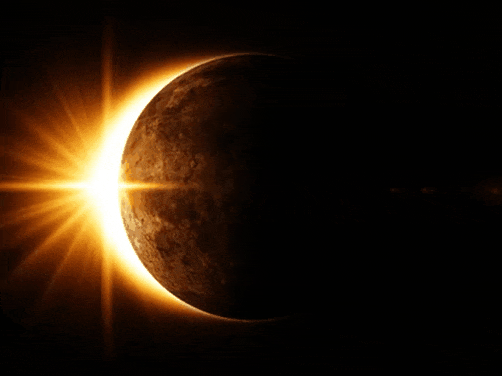
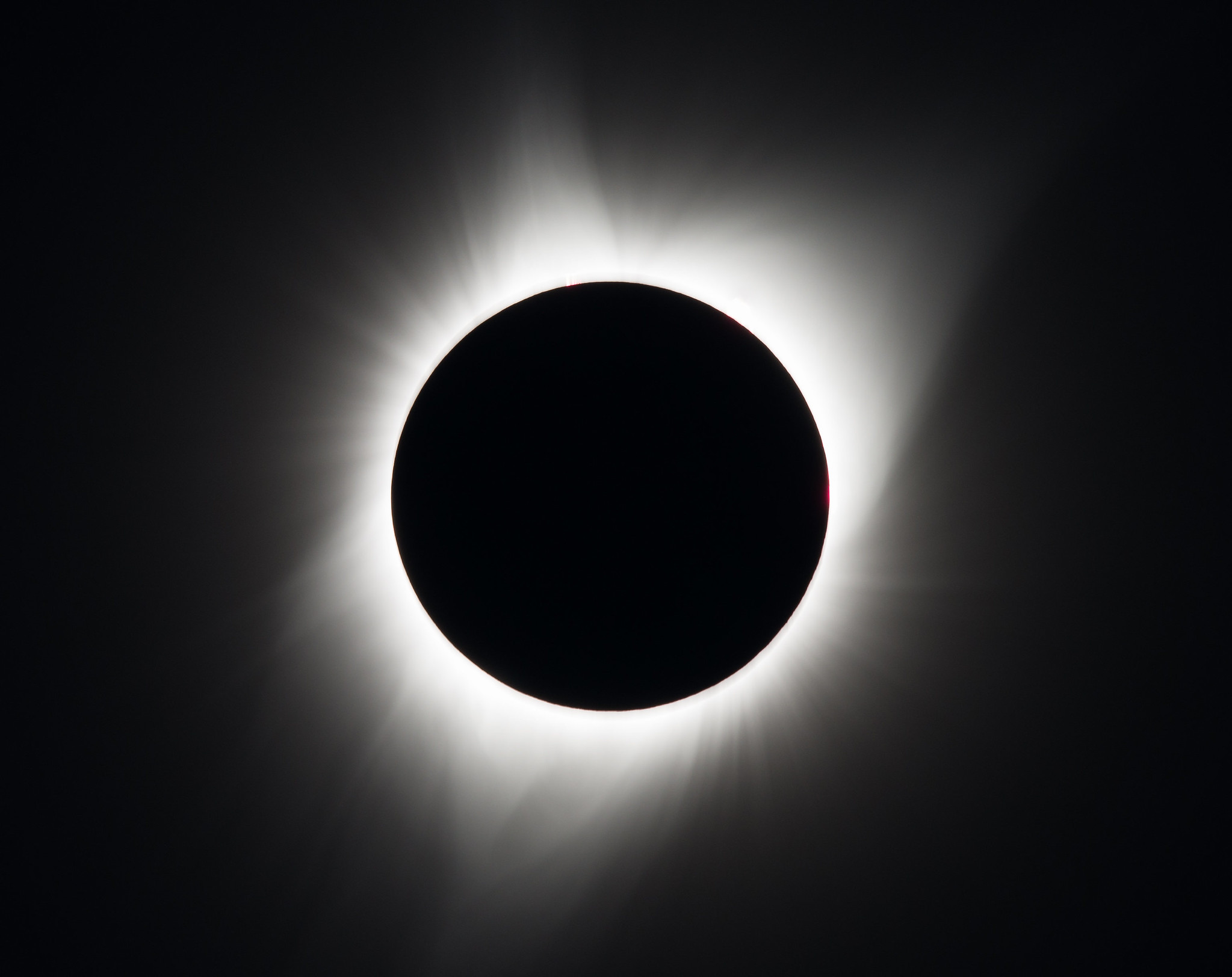
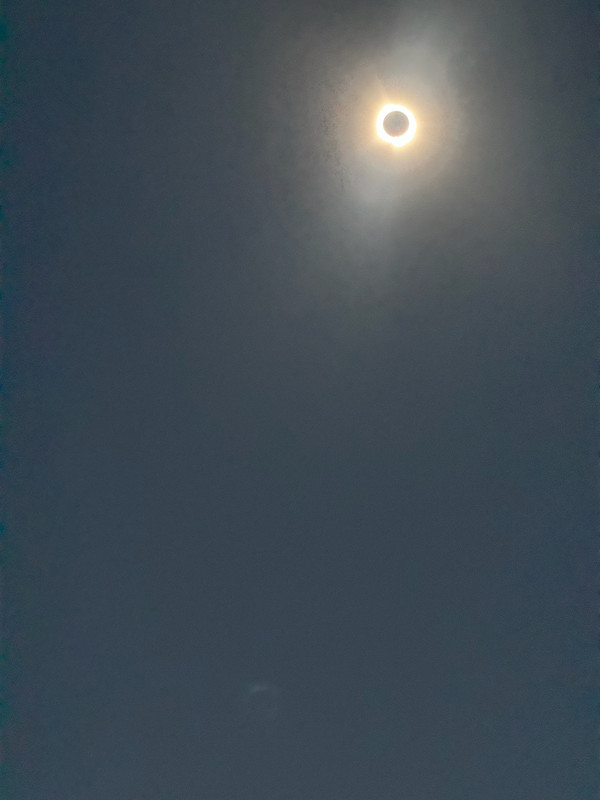

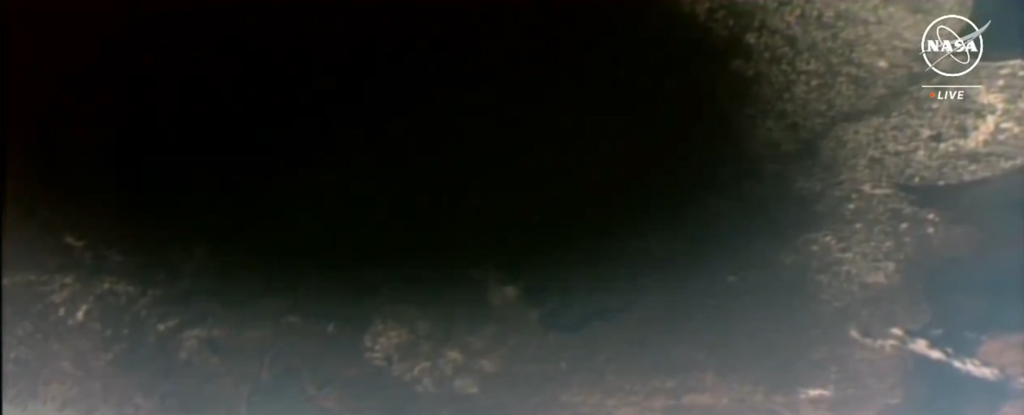
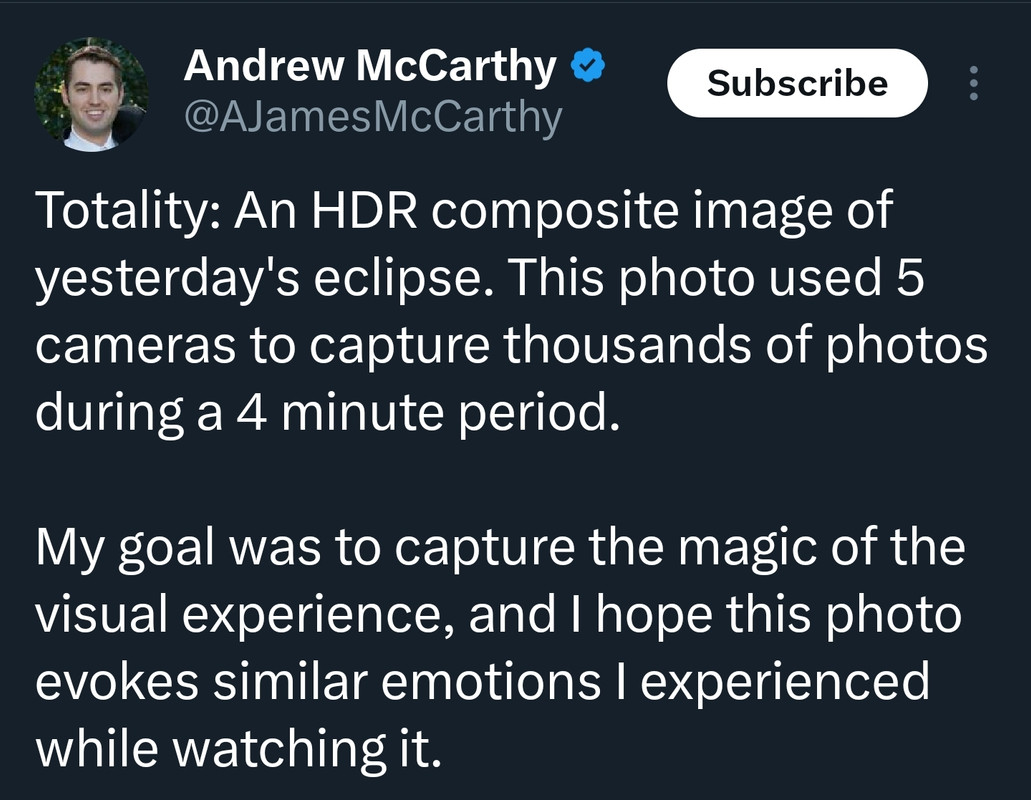
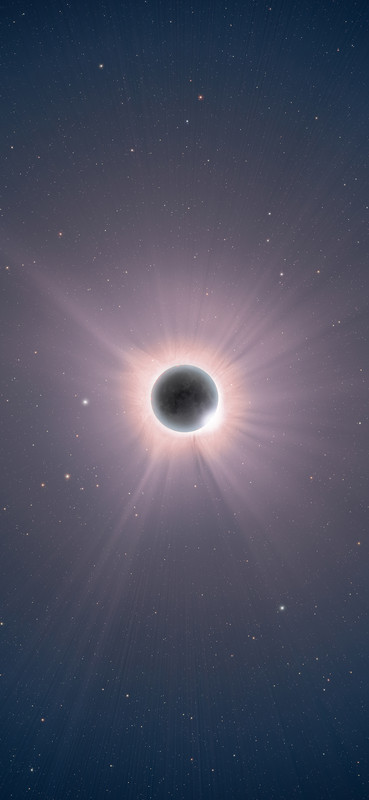
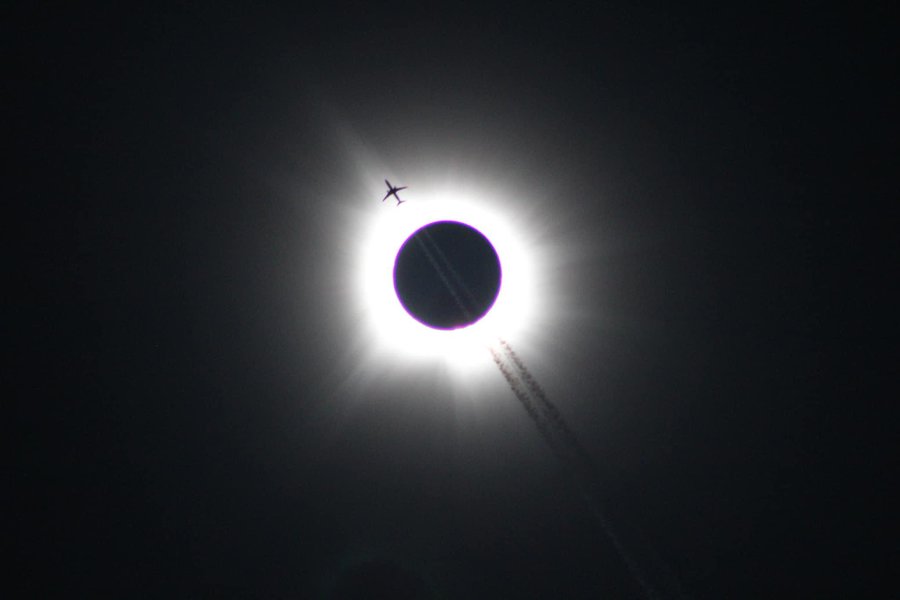

 ) supplied by my cohorts... when it like "snapped in", or so it seemed or felt like, I was so absolutely and unexpectedly BLOWN THE F AWAY that I couldn't mess with my stupid IPhone, not a chance. I've seen a few partials over the years and none came even remotely close to the feeling of totality for those 3.5 minutes or whatever it was... especially in our choice setting in the mountains on a lake in Moscow, ME, with my daughter and her bf. Totally worth every bit of effort and then some....!
) supplied by my cohorts... when it like "snapped in", or so it seemed or felt like, I was so absolutely and unexpectedly BLOWN THE F AWAY that I couldn't mess with my stupid IPhone, not a chance. I've seen a few partials over the years and none came even remotely close to the feeling of totality for those 3.5 minutes or whatever it was... especially in our choice setting in the mountains on a lake in Moscow, ME, with my daughter and her bf. Totally worth every bit of effort and then some....!